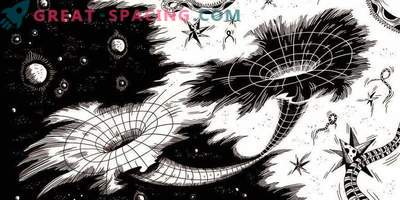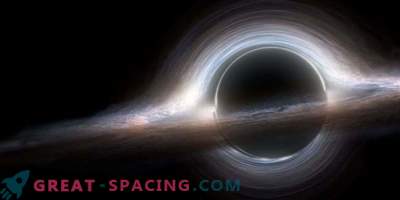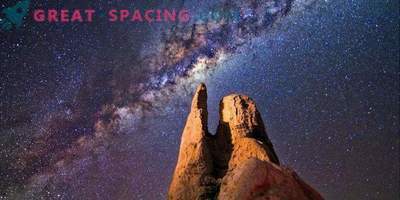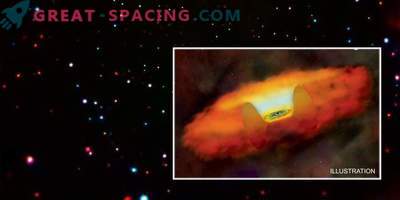
Artistic interpretation of how the star crosses the event horizon of a central supermassive black hole.
The researchers added the main criterion of black holes to the test, demonstrating that matter “absorbs” matter evaporates. This is another successful test for the general theory of relativity.
The black hole is characterized by incredibly strong gravity, which does not release even light. The event horizon is concentrated around it. It is enough to cross this “line” and you are doomed. Everyone knows about it, but the existence of such “lines” has not been proven.
Therefore, scientists decided to conduct an experiment. Supermassive black holes are believed to reside at the centers of all large galaxies. But there is an opinion that there is also another object. This is an unusual supermassive thing that managed to dodge collapse and singularity. There is also an event horizon around it.
If the singularity has no surface area, then the object is solid. Therefore, the star does not fall into a black hole, and breaks on the surface.

This is a huge massive sphere in the galactic center. We see a star crash into a hard surface and scatter debris
To identify the authenticity of the theory, scientists have come up with a new test. The point is to determine what a solid surface is. This would help solve the problem with the event horizon. To begin with, they found out that when an object hits a hard surface, stellar gas will envelop it and will shine for several months or years. This should catch the telescope. When scientists realized that it was necessary to find, they confirmed their arguments.
They appreciated the speed of falling stars in black holes. For this, only the most massive were considered, whose mass exceeded the solar one 100 million times. It turned out that there are about a million of such objects at a distance of several billion years from us.
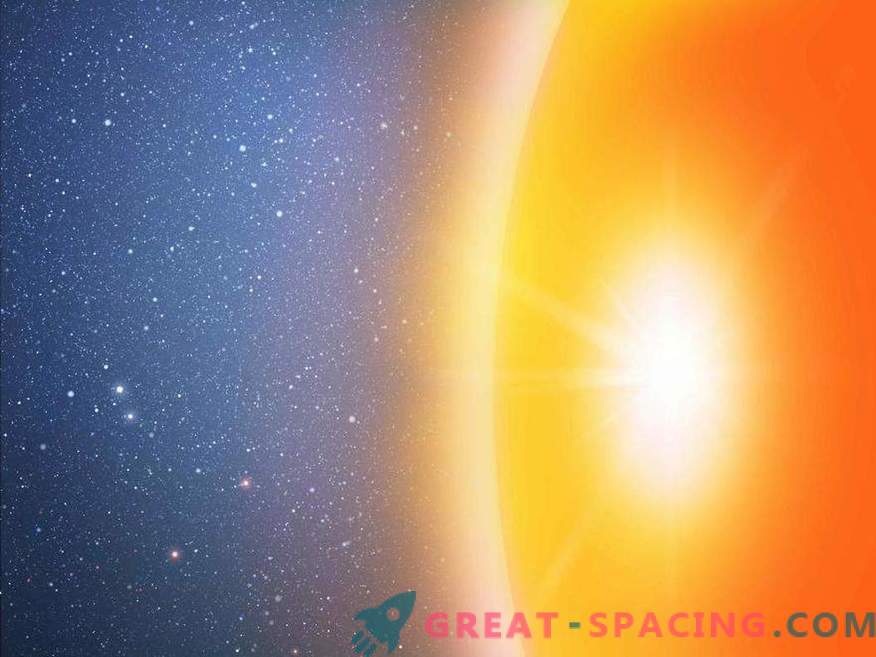
The star crashes into a giant sphere. At this point, a huge amount of heat and light is released. If we do not see this, then the theory is not confirmed.
Then I had to look at the archival data of the 1.8-meter Pan-STARRS telescope, which examined the northern hemisphere of 3.5 years for a “temporary glow”. If the assumption is correct, then, taking into account all the data, the telescope should have identified 9-10 such events.
And ... he found nothing.
It turns out that all black holes should have an event horizon. Therefore, Einstein was right again. Now the team is trying to improve the test and test it on the 8.4-meter Large Synoptic Survey Telescope, which is more sensitive.



